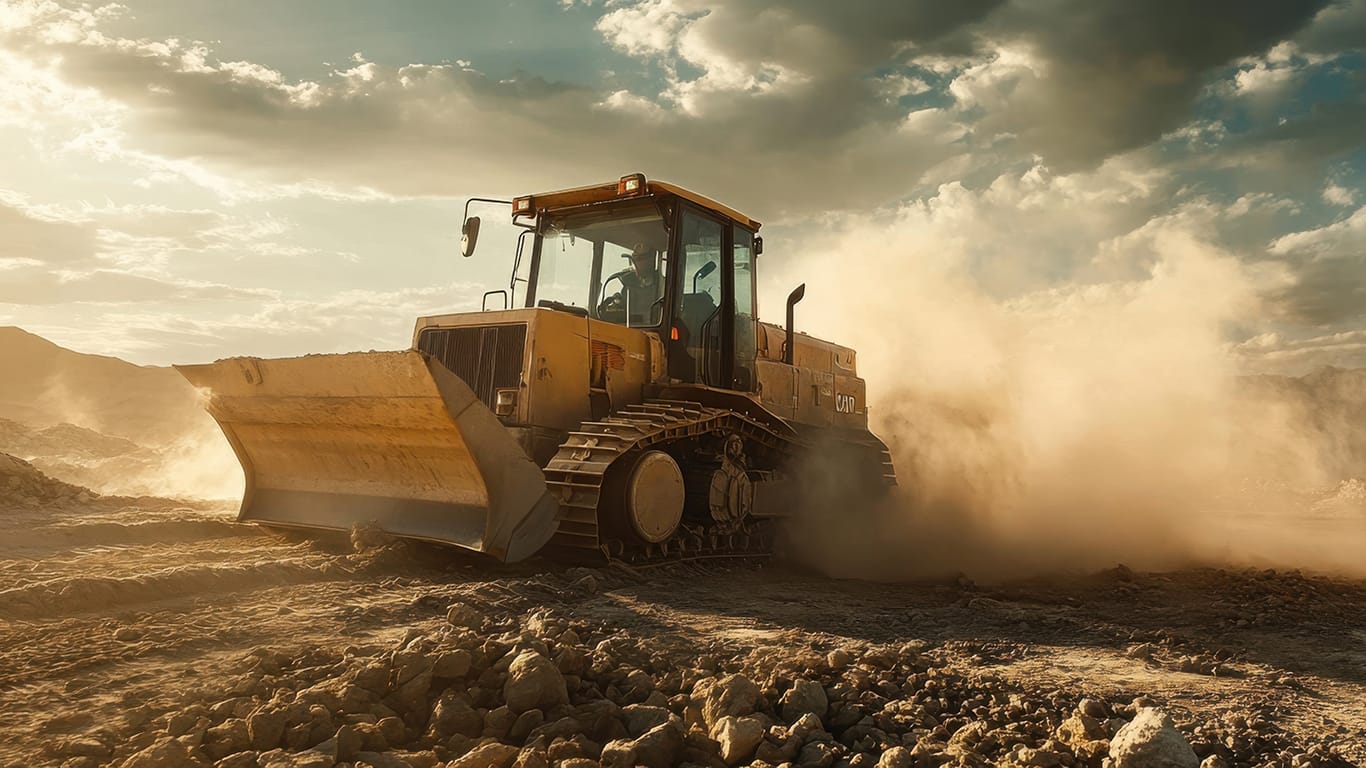After years of national positioning, the Phoenix metro area claimed the top spot among U.S. industrial markets in the first quarter of 2025 — an “overnight success” decades in the making. What didn’t make the headlines was the history of coordinated investment in infrastructure, innovation and workforce development that positioned Arizona and Arizona contractors to lead this industrial growth.
The Valley is beginning to reap the rewards. But as these mission-critical facilities like data centers and semiconductor facilities migrate to the desert in tandem, they’re straining utility grids, workforce pipelines and construction capacity. Contractors across the state are shedding outdated methods, retooling systems and tightening workflows to meet a level of industrial demand few regions have ever faced.
Growth at this scale calls for discipline, innovation and a relentless focus on people.
LOCAL NEWS: 100 best places to work and live in Arizona for 2025
INDUSTRY INSIGHTS: ICE is here: A look at employer rights and legal obligations
The drivers behind Arizona’s manufacturing momentum
Arizona’s dry climate, low natural disaster risk and robust industrial landscape have long made it an attractive base for data centers and large-scale operations. However, favorable conditions alone didn’t fuel the state’s high-tech surge.
When the push began to re-anchor advanced manufacturing on U.S. soil, Arizona was ready. Since 2020, the state has secured more than $205 billion in semiconductor-related capital. That growth stems from coordinated efforts aligning federal policy with state-level investment.

Federal Acceleration Through the CHIPS Act
The 2022 CHIPS and Science Act unlocked $52.7 billion in federal funding to expand U.S. semiconductor manufacturing and research. Arizona moved quickly to capture its share, securing multi-billion-dollar commitments for high-tech infrastructure projects and establishing itself as a critical player in this chip resurgence.
State Investment in Infrastructure and Energy Capacity
Arizona ramped up utility readiness to support fab-scale demand, with providers like Tucson Electric, Arizona Public Service and Salt River Project expanding grid capacity and resilience. Water infrastructure saw parallel attention, with reuse and recycling strategies designed to make large-scale operations sustainable in the desert. Fast-tracked permitting also ensured manufacturers could scale quickly.
Workforce Readiness Through Targeted Programs
Statewide programs, like the Semiconductor Technician Quick Start from Maricopa Community Colleges, deliver targeted training to meet labor demands. Meanwhile, institutions like Arizona State University built engineering pipelines, advanced manufacturing labs, and research and development (R&D) centers, feeding the ecosystem with talent ready to work.
Building this future, however, doesn’t just happen on paper. It’s now up to contractors to bear the responsibility of delivering on what this growth demands.
How Arizona industrial contractors are scaling to build next industrial era
Contractors are under pressure to match the speed and scale of Arizona’s industrial wave, without burning out the teams doing the work. That reality has sparked a shift in how projects are planned, built and staffed.
Planning Digitally to De-Risk Projects
Before a single trench is dug or conduit laid, Arizona contractors are leaning more heavily on digital construction tools to map every step of the build in advance. While not new to the industry, tools like building information modeling (BIM) have become indispensable on high-speed, high-stakes projects.
BIM provides a shared, data-rich environment where all trades align on design intent. Within that model, clash detection catches system conflicts — like ductwork intersecting piping — before crews ever step on site. Pairing 3D modeling with drone-captured site data, these systems allow crews to show up knowing exactly where to cut, weld and set.
Balancing Efficiency with Long-Term Crew Sustainability
Contractors leverage lean planning and modular prefabrication approaches to marry precision with schedule efficiency — and these tools will only become more critical. Meeting Arizona’s accelerated industrial growth will demand more than efficiency alone; it requires a sustainable pace. Lean methods that eliminate wasted labor and modular strategies that minimize jobsite chaos are being paired intentionally with crew-focused practices.
Regular team rotations, scheduled recovery days and genuine responsiveness to worker feedback ensure crews can sustain high performance, project after project. While efficiency sets the rhythm, it’s careful attention to workforce health that makes that rhythm achievable long-term.
Making Field Execution Responsive by Design
As timelines compress and client demands shift, agility has become a non-negotiable. Contractors are adapting on the fly, restructuring crews, rerouting specialty fabrication and realigning with local partners to achieve “drop-dead” dates. Execution feels less like a straight line and more like a coordinated dance that adjusts to the project’s demands.
To stay responsive, field teams are working with full project visibility and the authority to pivot and problem-solve in real time. This level of trust is what’s breeding innovation, making fast-paced builds possible and repeatable.
Building a Scalable Workforce from the Ground Up
Arizona is projected to need 20,000 new construction workers by 2030, according to the Arizona Office of Economic Opportunity. Contractors are responding with trade school partnerships, tech bootcamps and rigorous screening processes to match workers with roles where they’re most likely to thrive. And once hired, training kicks off immediately.
New crew members shadow veteran colleagues, rotate through job phases and gain hands-on experience with BIM coordination, drone surveying and integrated data systems. It’s a deliberate, long-term investment in people designed to build a workforce with the depth and resilience to sustain Arizona’s industrial ascent now and for years to come.
(subhead)The work ahead
Arizona’s momentum is undeniable, but it’s not immune to friction. Power, water, housing, labor — all are pressure points demanding foresight. In the face of that strain, the Valley is in the thick of transformation, shedding outdated constraints to take on something bigger.
What rises from this moment will depend on the space made for bold thinking and the people equipped to carry it forward. The next few years will test contractors, owners, utilities and policymakers alike, but they’ll also reveal what Arizona does best: adapt, build and push forward.
Author: Jeanne Jensen is director of engineering at Nox Group, a large-scale industrial construction company focused on mission-critical infrastructure across the U.S. She oversees major public and private projects, guiding the delivery of some of the nation’s most technically demanding builds. Learn more at noxgroup.us.




